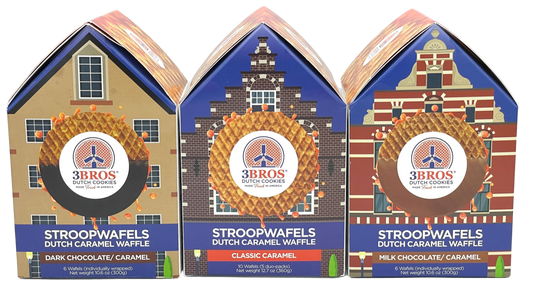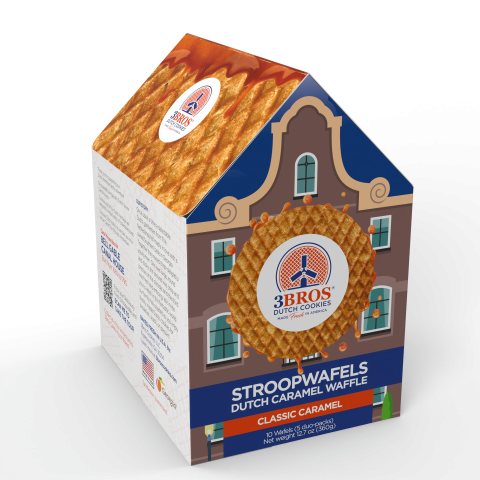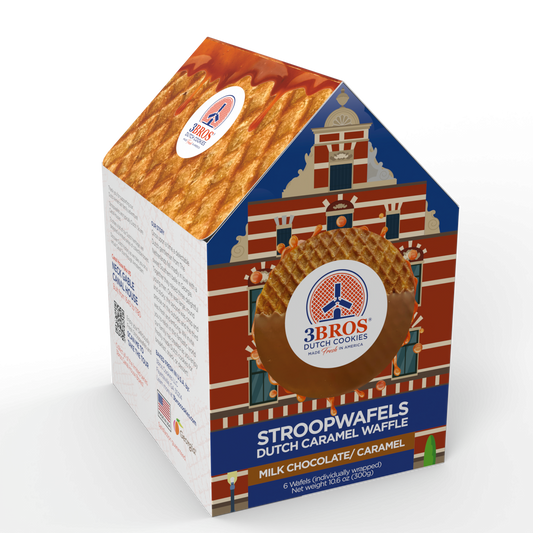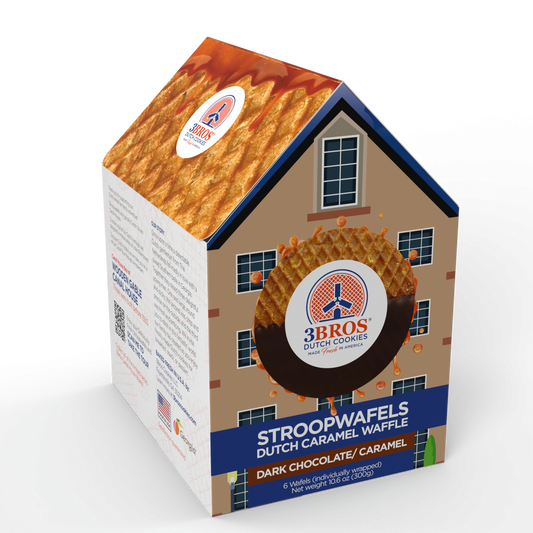-
Stroopwafel Canal House Box Set
Regular price $29.99 USDRegular priceUnit price per -
Classic Caramel Stroopwafel in Canal House Box - 10 count
Regular price $12.49 USDRegular priceUnit price per -
Milk Chocolate Dipped Stroopwafels in Amsterdam Canal House Box - 6 count
Regular price $10.29 USDRegular priceUnit price per -
Dark Chocolate Dipped Stroopwafels in Amsterdam Canal House Box - 6 count
Regular price $10.29 USDRegular priceUnit price per




